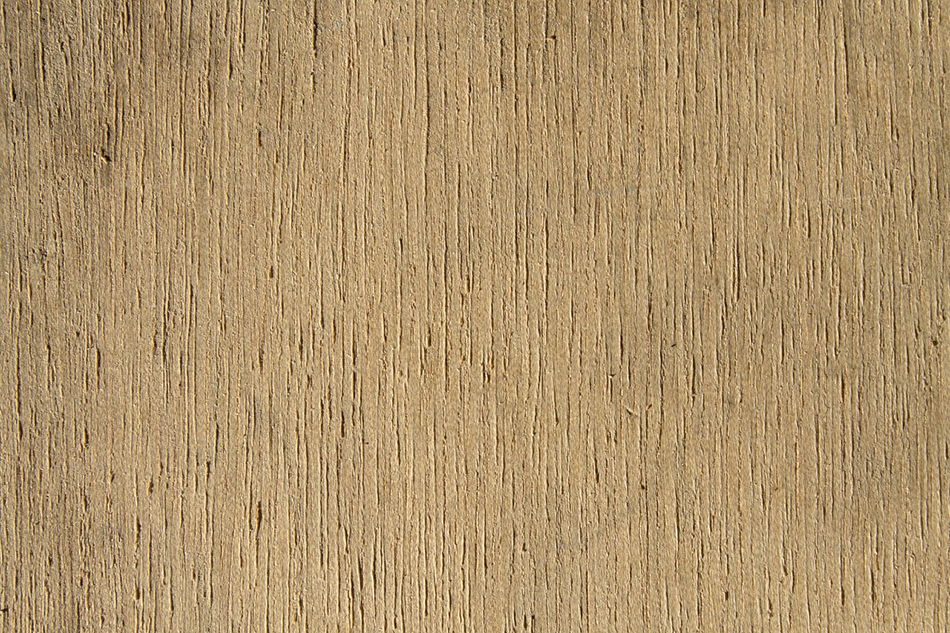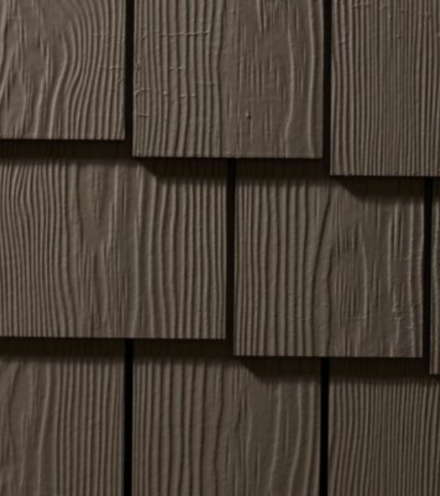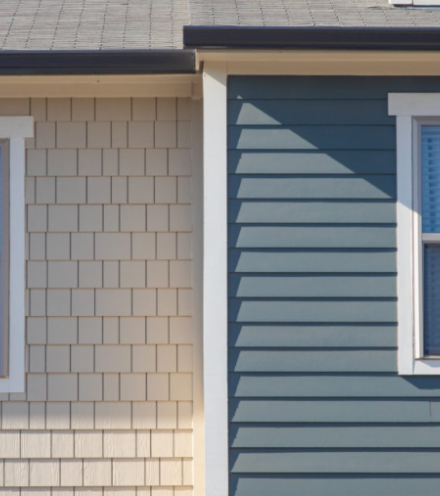
Whether it’s made of stone, ceramic, porcelain, or glass tile enhances many different settings with its beauty and durability. Unfortunately, there many ways that a tile installation can fail from the wrong setting materials to inadequate back-buttering of large format tiles. One thing that can always help an installation go more smoothly, however, is using the right underlayment.
One of the first questions that many people before installation is whether to use plywood or cement board under tile. While you can technically install most tiles on any smooth, clean substrate, using cement backerboard will give you superior results every time.
Flex and Lippage
For many decades, the largest tile most people ever installed was around 8-inches. This was because anything larger was likely to develop cracks, because the substrate or underlayment beneath it often moved. Since tile can’t flex, it eventually cracked and broke.
The solution to fixing this movement with plywood is to screw it down in several areas to the subfloor. This, however, creates an uneven substrate that can result in lippage, or tile corners that stick up above the rest of the floor.
Cement backerboard solves both these issues. When properly installed with a coat of thinset beneath it, cement backerboard won’t flex like plywood, and won’t contribute to problems like lippage. This makes cement backerboard a good choice for large format tile floors, as well as for older homes that may have more uneven subfloors.
Even Surface
While it is possible to find very smooth, consistent pieces of plywood, most of these are reserved for furniture grade applications, and aren’t usually used for installing beneath tiles where they won’t be seen. Therefore, the plywood usually sold for this purpose may be rough, have knot holes, and other inconsistencies that can affect the final tile installation.
While some tiles can handle an uneven substrate, others need a very smooth surface for the best results. Glass tiles, onyx tiles, and other translucent materials need a skim coat of mortar before installation; cement backerboard makes this coat easy, providing a smooth, even surface. Plywood requires a thicker back buttering to even out inconsistencies, which makes the installation more time consuming.
Easy Cutting and Fitting
It’s a rare installation that allows for full pieces of substrate to be go down over the entire floor; most need to be cut to fit before they can be installed. Cement backerboard is easy to cut; score it with a utility knife and snap. It can be done right at the site it will be installed on, and takes seconds to do.
Plywood needs to be measured on site, moved to a cutting table and sawn, before being brought back. The saw kicks up sawdust, and creates a mess to be cleaned up later, while the quick cutting of the backerboard takes less time and produces no dust.
Moisture
Tiles are often installed in wet or high humidity areas such as the kitchen, mudroom, and bathroom. When plywood is used as the substrate, it runs the risk of absorbing moisture over time, which in turn makes the wood swell, then contract when it dries out. This in turn leads to issues like loose or missing grout, and cracked tiles.
Cement backerboard is more stable than plywood in high humidity and other wet environments. It won’t swell and buckle the way that plywood does, so it’s safe to use in mudrooms and bathrooms where things like spills and puddles are normal, as well as in areas with high levels of moisture in the air.
Load Capacity
The floor isn’t the only place where tile is being installed. Fireplace surrounds, walls, and countertops are all common areas to tile. When you get to vertical applications, heavy tiles like slate or large format porcelain become too heavy to adhere well to plywood.
Cement backerboard has a greater load capacity, so it’s possible to install any tile anywhere and get the same great results.
Better Adhesion
The best argument when determining whether to use plywood or cement board under tile is in the adhesive process. Plywood is porous, and not designed for use with most of today’s latex-based thinset mortars. Cement backerboard is designed specifically for this use. You get a smoother application, and better adhesion so your tile job is less likely to fail when the backerboard is made of cement.
Set Your Job Up for Success
The right materials make all the difference when it comes to getting tile installed right the first time. Use the substrate that was designed just for this use – cement backerboard. While plywood has many uses, and was once the only material to install tile on, it can’t compare to the smooth, even surface of cement backerboard, or the stability that cement can bring to the job. Settle the plywood vs cement backerboard underlayment debate in favor of completing your job successfully by using cement backerboard every time.




